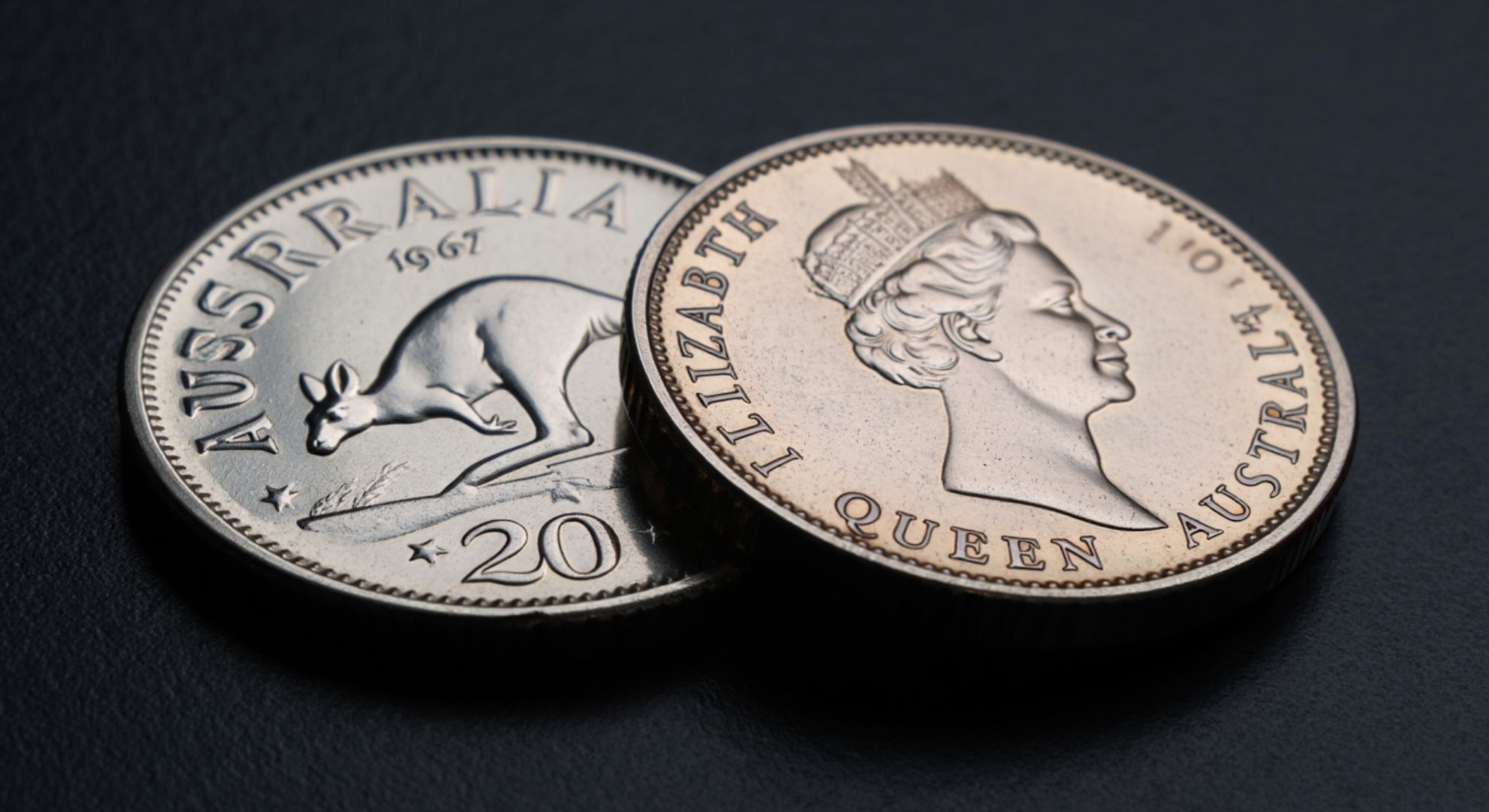There’s a whisper in coin circles that an ordinary-looking twenty-cent piece from 1967 might be hiding in plain sight—and it’s not just hype. Across a handful of countries, certain 1967-dated twenty-cent coins with standout errors, rare finishes, or top-tier grades have fetched four figures at auction. If you’ve got a jar of old change, this is the year and denomination to check.
What makes a 1967 twenty-cent piece valuable?
Two things drive value more than anything else: extraordinary condition and genuine varieties. A coin that looks nearly perfect, or one with a dramatic mint-made error, can leap from pocket change to serious money. As one longtime dealer puts it: “In coins, rarity meets demand where the eye sees something truly special.”
And 1967 was a transitional year for several nations, which means multiple mints, evolving dies, and the occasional production surprise. The best-in-class examples — top-pop grades, prooflike finishes, or wild strike errors — are the ones that can cross into the four-figure realm.
Where do these coins come from?
You won’t find a U.S. issue, but you will see 1967-dated twenty-cent pieces from Australia, New Zealand, Singapore, and Malaysia. First-year decimal issues and early proofs are especially interesting, and each market has its own quirks. In some cases, superlative third-party grades (think MS67/PR67 and beyond) or dramatic mint errors are the real value drivers.
Quick comparative snapshot
Below is a concise overview to help you spot the most promising targets. Values are broad market ranges, highly dependent on exact diagnostics and certified grade.
| Country/Region | 1967 20c highlight | Notable features | Typical market range (USD) | Rarity notes |
|---|---|---|---|---|
| Australia | High-grade circulation strike | Superb luster, minimal marks | $50–$600+ | Top-pop examples can push higher |
| Australia | Proof (RAM) in exceptional cameo | Deep mirrors, frosted devices | $300–$2,000+ | Finest-known pieces command premiums |
| New Zealand | First-year decimal issue | Strong strikes are scarcer | $40–$800+ | MS67+ examples are uncommon |
| New Zealand | Dramatic mint errors | Off-center, broadstrike, clips | $300–$3,000+ | Big visual errors bring big bids |
| Singapore | Early proof sets | Cameo contrast desirable | $200–$1,500+ | Low mintage proof pieces are chased |
| Malaysia | Choice mint errors | Rotations, double strikes | $250–$2,000+ | Error market is collector-driven |
“Top-of-the-pop is where the serious bidding begins,” notes a grading specialist. “Population reports and eye appeal can swing prices more than any single book number.”
How to tell if yours is the real deal
A quick desk inspection can filter out the ordinary from the potentially exceptional. Use good light, a clean surface, and gentle handling.
- Look for crisp, satiny luster and very few contact marks; weak luster or heavy hairlines usually cap value.
“Don’t clean your coin, ever,” warns a veteran collector. “Artificial shine kills desirability and can erase hundreds of dollars.”
The most sought-after characteristics
Value tends to spike when a coin shows truly scarce traits. Think mint-made errors, superb prooflike contrast, or best-in-census grades. On errors, the more dramatic the visual impact, the stronger the market. On proofs, deep cameo frosting and pristine fields are king. And on business strikes, it’s all about minimal marks, booming luster, and razor-sharp details.
Authentication and grading
Third-party grading is your best ally. Reputable services will confirm authenticity, assign a numeric grade, and encapsulate your coin for protection. That certification opens doors to broader buyers and more predictable pricing. For meaningful value, consider sending only coins that already look exceptional in hand; grading fees can eat smaller gains.
Smart selling strategies
Once you believe you have a standout piece, choose the right selling venue. High-end coins often shine at specialist auctions, where photography, descriptions, and bidder reach maximize results. Private treaty sales can be swift if you have a trusted dealer. For more typical examples, well-run fixed-price listings can be efficient and transparent.
Reality check: not every 1967 twenty-cent is a jackpot
Most coins are still common circulation pieces, and that’s perfectly normal. The winners stand out because they’re verifiably scarce, unusually well preserved, or genuinely erroneous. Approach each find with measured optimism, document what you see, and learn the diagnostics for your exact type. In coins, knowledge compounds like interest.
“Great coins don’t just look nice,” says an auction consignor. “They tell a story you can explain in thirty seconds, backed by evidence and grade.” If your 1967 twenty-cent piece can do that, it may just be the sleeper that turns pocket change into real money.
